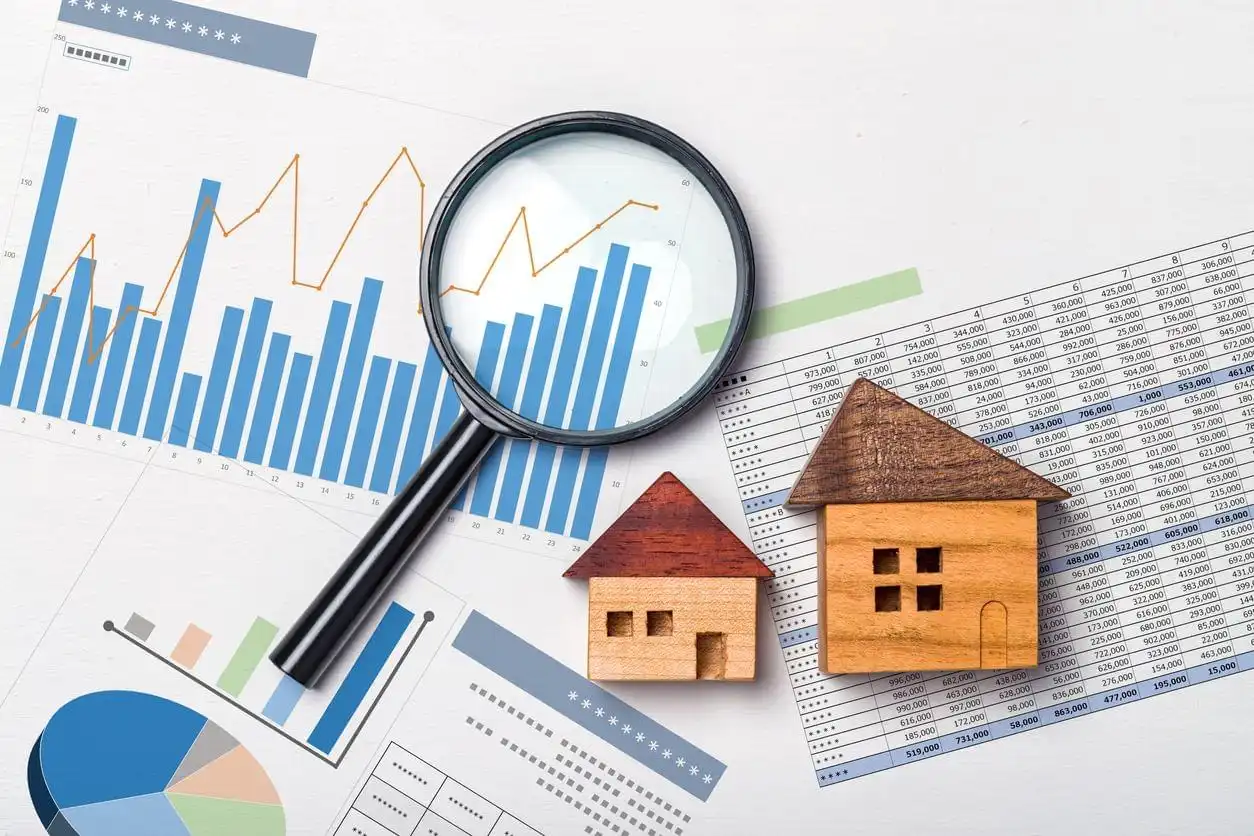2024 mid-year report card: how is Australian property tracking?
We're now more than halfway through 2024 and Australia's housing markets have shown overall resilience over the past six months.
The gap is widening between some of our different city and regional markets, though, with some still experiencing boom-like growth while others are feeling the sting of poor affordability and high interest rates.
Find out whether things have unfolded as economists projected for 2024 and what could be around the corner.

Get a free property value estimate
Find out how much your property is worth in today’s market.
What were forecasters saying in 2023 - and were they right?
Towards the end of last year, the broad expectation for 2024 was for slower but steadier growth in most markets.
The big four banks were forecasting national gains of between +4 and +6 per cent in what AllenWargent co-founder Pete Wargent said could be “a more balanced, stable market.”
Using Westpac's outlook from December 2023 as a middle-ground example, the bank had Perth and Brisbane pegged for the highest rates of growth, followed by Sydney and Adelaide, with Melbourne the weakest of the five biggest capital cities.

Looking to CoreLogic's figures for June 2024, we can see that greater levels of variability emerging compared to Westpac's end-of-year predictions.

Perth, Brisbane and Adelaide are all on the path to significantly outperforming expectations — Perth and Adelaide are already comfortably beyond what growth was projected for the full year.
Sydney and Hobart are tracking reasonably close to 50 per cent of Westpac's 12-month forecast while Melbourne has had a softer 2024 than was predicted.
On the whole, national growth is currently on pace to outpace forecasts, but our capital city markets are showing greater diversity than first thought.
Interest rates are back in the headlines
Coming into 2024 fresh from another rate rise in November, many economists were tipping interest rate cuts to come at some point in the second half of the new year.
Inflation was beginning to fall at a steady pace and it looked as though the RBA's series of rapid hikes was netting the right results.
Unfortunately, inflation has proved sticky in recent months, causing economists to shift their expectations around the central bank's next move.
Westpac's Besa Deda, along with the other three big banks, still sees rates going down — it just might take longer than first projected and the risk of further hiking has increased.
"Our inflation forecasts for the upcoming June quarter report are below that of the RBA’s, leaving us comfortable with our view that the next move in the cash rate will be down and arrive in November," she said.
"But we acknowledge there’s a greater risk of rate relief slipping into next year."
Buyer demand remains strong despite the high-rate environment
Historically speaking, higher interest rates would typically put downward pressure on property prices and buyer activity as reduced borrowing capacities are slashed.
Throughout 2023, however, we saw remarkable resilience in the face of rising rates and, while the pace of growth has slowed in some markets this year, we've yet to see significant dips in home prices.
CoreLogic's Eliza Owen explained that "Part of the explanation comes from low supply relative to demand."
Their figures for the June quarter show 127,000 homes were purchased around Australia while just 125,000 were listed.
"As long as there are more people willing to purchase a home than sell, prices should theoretically continue to rise," she said.
Listings are substantially below average in Perth, Brisbane and Adelaide which has been a key driver of the three excelling markets.
Ms Owen warned that another rate hike would likely dampen housing demand, and "even if rates do not increase further, housing purchases are expected to slow as economic conditions become weaker and affordability constraints play out."
But for the time being, demand continues to broadly outstrip supply, giving sellers the upper hand in hotter markets.
What's expected for the remainder of 2024?
At six months into the year, we're now seeing some notable shifts in forecasts from banks and economists alike.
Circling back to Westpac's outlook, we can see that expectations on the national level haven't changed, but instead they see a wider variety of performances between the capital cities.
Forecasts for Perth, Brisbane and Adelaide have all been upgraded while Sydney and Melbourne have dropped a notch.
Overall, there is still the prediction that the second half of the year will be slower than the first due to ongoing interest rate pressures and an easing from the peak levels of population growth we saw towards the end of 2023.
While inflation remains a live issue for the RBA, the big four banks all still foresee the next change to interest rates being to move down.

But the high-rate pressure is expected to remain until at least November which may keep a lid on further accelerations in price growth.
Thinking of selling in 2024?
If you're still looking to get in on the action this year, it's important to be as prepared as possible in order to cut through the competition and achieve a standout result.
Step 1: Understanding how your market is performing
Every market is different, and understanding your local market is fundamental to making the right selling decisions. Our guide to tracking market trends and data will help you to get a clear picture of how your market is performing and how that impacts you as a seller.
Step 2: Know what your property might be worth
Getting a free home value estimate is a great way to set a foundation for your selling expectations and begin planning the path forward.
Step 3: Get a no-obligation market appraisal from a top real estate agent
Understand what your property could sell for in the current market by speaking to the top-performing agents in your suburb. Comparing top agents in your area will help you find the perfect partner for your selling journey and move towards a successful result.
Step 4: Finally, get your property listing-ready
Taking a thorough approach to preparing your home for sale is another critical step. From cleaning, decluttering, painting and performing other cosmetic renovations to home staging, photography and marketing, getting your property to sale-ready condition is a must.







